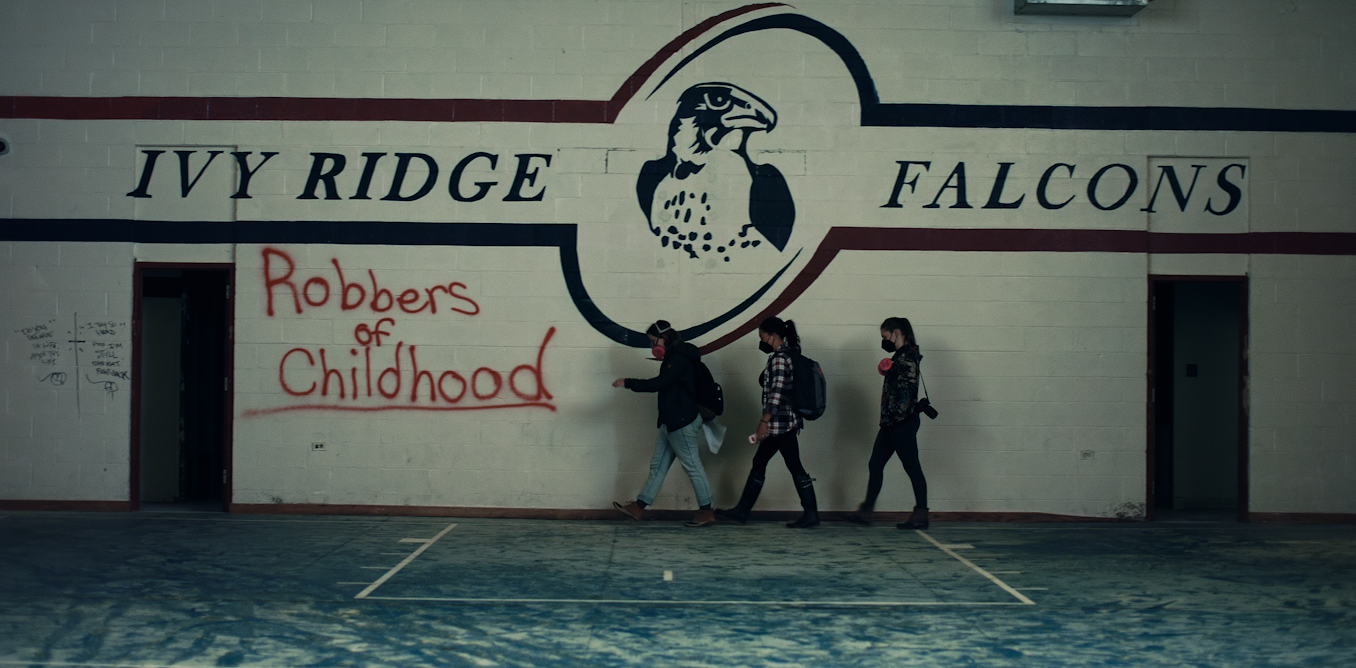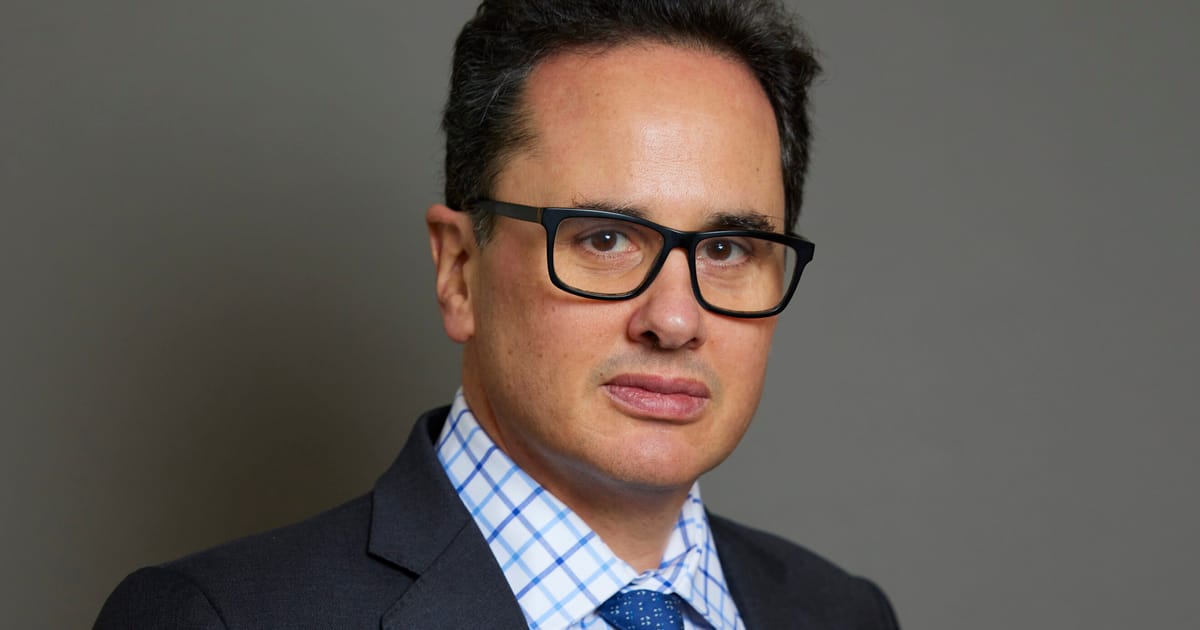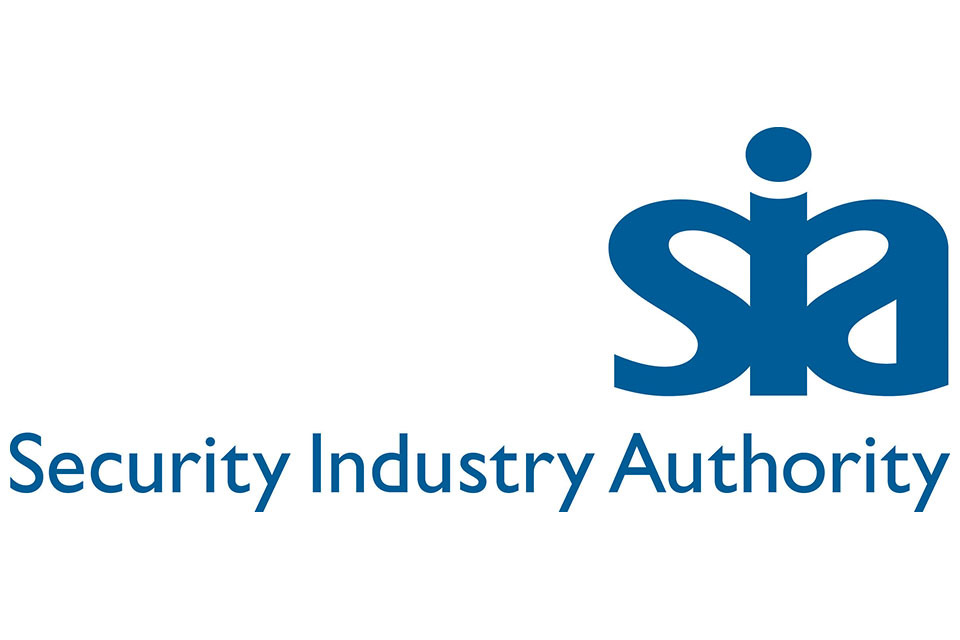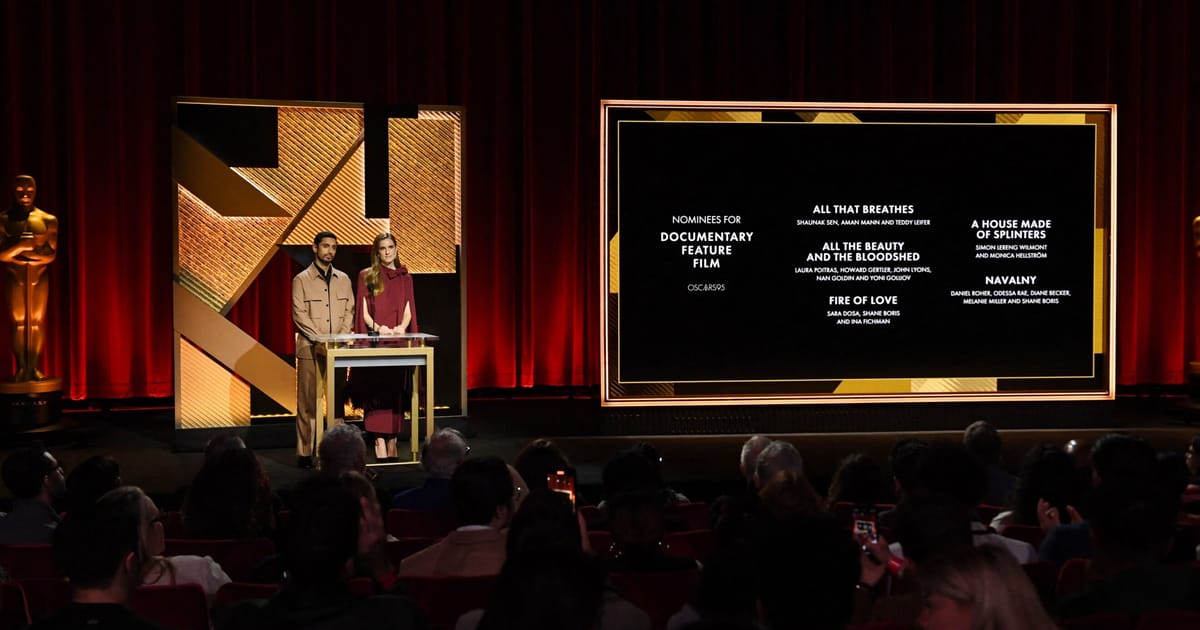A new Netflix documentary series, The Program: Cons, Cults, and Kidnapping, about the “troubled-teen industry”, is laying bare the way teenagers with so-called behavioural issues are systematically abused and tortured in the US.
The three-part documentary features survivors of the Academy at Ivy Ridge, in New York, speaking up about abuse and uncovering a staggering trail of abandoned records detailing the horrors they endured in the name of “treatment”.
The series has soared to the top of Netflix’s most-watched shows, reaching number one in the US and number two in the UK and Canada.
The documentary is a raw and powerful display of survivors reclaiming their stories. The violence uncovered in the series has shocked the public and is so disturbing that some viewers were left feeling traumatised after watching all three episodes in one night.
For decades, the troubled teen industry has been getting away with abuse and human rights violations, sidestepping meaningful oversight from the state and lining the pockets of industry operators and their cronies. Survivors have been speaking up against this system for as long as the industry has existed, but until recently, our stories were seen as unbelievable – even “crazy”.
I am a survivor of a “therapeutic” boarding school like the one featured in The Program. I’m also a qualified social worker, and I spent seven years researching institutional abuse in therapeutic boarding schools for my doctorate. Like the director of The Program, Katherine Kubler, my personal experience drove me to this work, to listen to survivors and raise awareness about what’s happening behind closed doors.
Although some programmes are more extreme than others, the one featured in The Program is horrifying and it’s far from the only one like it.
What’s unique and makes for such a powerful true crime series is how bafflingly self-incriminating the Academy at Ivy Ridge staff were. In the abandoned halls of the now defunct school, staff left behind thousands of documents that clearly described – and in some instances filmed – their own abuse of children. Sadly, records like these are exceedingly rare and most therapeutic boarding school survivors will never have proof of what happened to them.
Therapeutic boarding schools are not really schools; they are private residential behaviour modification programmes that seek to reform “troubled teens”. Students can be held in these institutions against their will or under threat of being sent “somewhere worse”.
Some are legally kidnapped and forcibly taken there. Cut off from the outside world, students are confined to campuses that are typically in rural areas that are difficult to escape. The programmes are designed to exert total control over teens and bring so-called “at risk” youth under control.
As in the documentary, in my research, accounts of emotional, physical and sexual abuse and neglect were widespread. Among the abuses described were “speaking bans” that prevented students from communicating with each other, solitary confinement, excessive and dangerous physical restraints, child labour, nutritional deprivation, sleep deprivation, prolonged exposure to extreme temperatures, medical neglect, the use of medication to placate students, physical assaults, sexual harassment and rape.
“Attack therapy” was common. In a large circle facing each other, staff and peers would scream verbal “attacks” and publicly humiliate students in “group therapy”.
Students who tried to avoid participation would become targets for the attacks. Under the auspices of accountability, these group sessions were used to degrade students and induce psychological breakdowns. This was useful to the programmes because students who had broken down were less likely to “resist treatment”.
Missing narratives
Missing from the documentary were experiences of LGBTQ+ “conversion therapy”. LGBTQ+ young people appear to be more likely to be sent away to therapeutic boarding schools.
Disguised in therapeutic language, some facilities have treated being LGBTQ+ as a “developmental disturbance” that can and should be “overcome” through psychotherapy and AA-style “sex addiction” groups.
Students can be punished for not conforming to conservative sexuality and gender expectations. Of course, these interventions do not “cure” someone’s sexuality or gender identity, but they do result in long-term harm and complex trauma.
These are not just issues of historical abuse; there have been multiple cases of child deaths over the last couple of years. Recently, a 12-year-old boy was found dead in a North Carolina troubled teen industry programme.
How do we stop abusive programmes?
Talk about what’s happening so other parents don’t send their kids to programmes like these. In the US, you can support efforts for federal legislative reform and call on state legislators to stop using taxpayers’ money to fund kids being sent to these facilities.
If we stop giving them money, they will shut. In other words, don’t feed the beast.
For those outside the US, don’t sit too comfortably with the idea that this is only happening abroad. Kids from around the world can forcibly be taken to US programmes. If we want to help stop this industry, a good first step would be to prevent and undo its expansion.
If you know someone who is a survivor, reach out and let them know you care. It has been a relief for many survivors to see people bear witness to what these industries are really like, but it also brings up a lot of emotions, and for some, traumatic memories can resurface.
The Program ends with several survivors standing around a fire pit, burning old case files and looking on as the paper twists into amber ash. There’s a powerful rallying call: “The abuse of a child is the business of anyone who knows about it,” and now, as the director says, you know. Survivors have long suffered in silence, but now that these stories are finally being heard, will it be enough to stir people to demand change?




